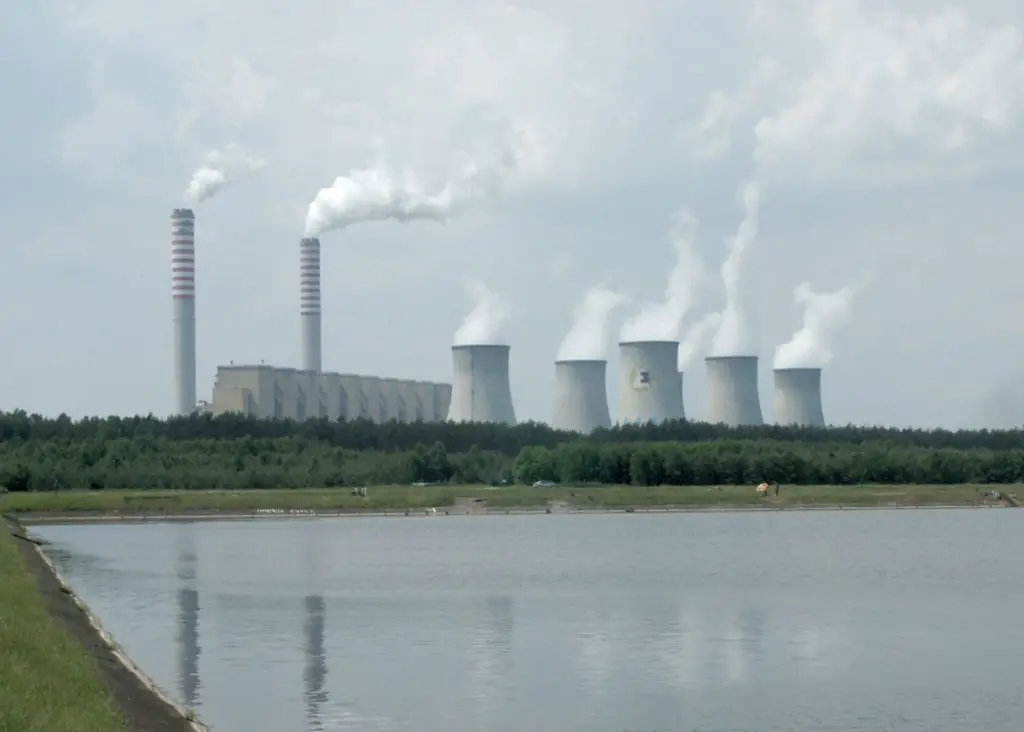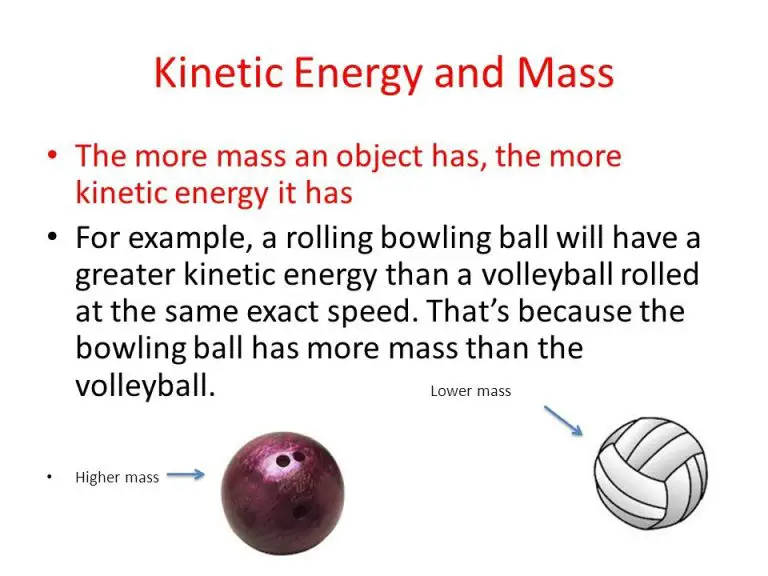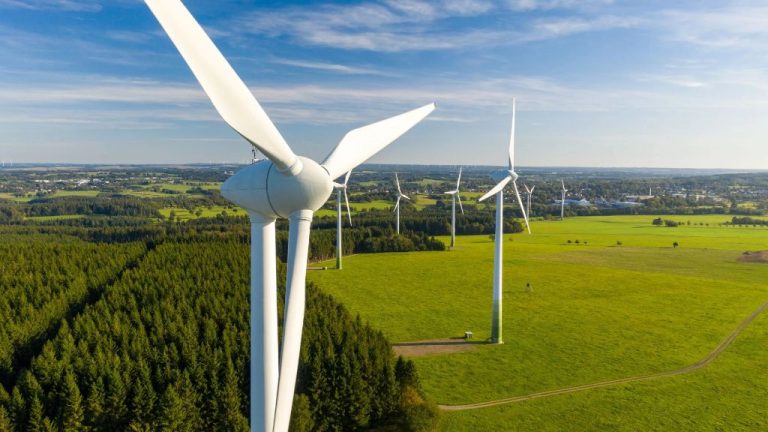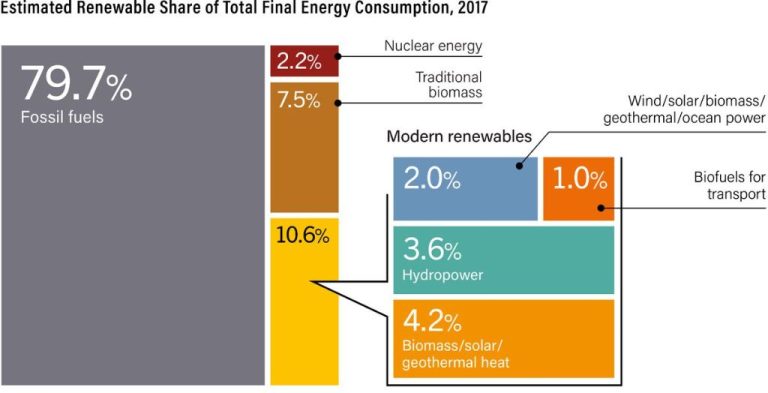How Is Electricity Generated And Distributed?
Electricity is an essential part of modern life that most people take for granted. We expect the lights to turn on with a flip of a switch and our appliances to run whenever we need them. But the process of generating electricity and delivering it to homes and businesses is an enormously complex system. This article will provide an overview of how electricity is produced at power plants using various energy sources, transmitted over long distances on transmission lines, and then distributed locally on distribution lines to end users. We’ll look at the different types of power plants, the grid that connects everything, and some of the exciting innovations happening in the world of electricity. Understanding the electricity system is important, as our society depends on reliable and affordable power.
History of Electricity
Humans have been fascinated by electricity for centuries. Some of the early pioneers in electrical experiments include Benjamin Franklin, Nikola Tesla, and Thomas Edison.
In the 18th century, Benjamin Franklin conducted experiments with electricity and lightning. He is famous for his kite experiment in 1752, where he showed that lightning is a form of electricity. Franklin also developed theories about positive and negative charges.
Nikola Tesla, an inventor in the late 19th and early 20th century, is known for his work with alternating current (AC) electricity. He developed AC motors and transformers, and also conceived early wireless transmission of power and radio.
Thomas Edison is considered one of America’s great inventors. In the late 1800s, he patented over 1,000 inventions, including the incandescent light bulb and phonograph. Edison was a proponent of direct current (DC) electricity and competed with Tesla over establishing AC or DC power systems.
The pioneering work of Franklin, Tesla, and Edison paved the way for widespread access to electricity and electrical devices that we benefit from today.
How Electricity is Generated
Electricity is generated through various means by converting other forms of energy into electrical energy. The main methods of electricity generation are:
Fossil Fuel Power Plants
Fossil fuel power plants burn fossil fuels such as coal, oil, and natural gas to produce steam that spins a turbine connected to a generator to produce electricity. Fossil fuels are burned to heat water, which creates steam that moves the blades of a turbine. As the turbine spins, it causes magnets inside a generator to rotate rapidly, creating an electric current. Fossil fuel power plants provide the majority of the world’s electricity. Coal and natural gas are the most common fossil fuels used.
Nuclear Power Plants
Nuclear power plants use the heat generated from nuclear fission occurring in a reactor core to heat water into steam that spins a turbine and generator to produce electricity. Uranium is the most common nuclear fuel used. The steam spins the turbine and activates the generator, producing an electric current. Nuclear provides about 10% of the world’s electricity.
Renewable Energy Sources
Renewable energy sources like hydropower, wind, solar, geothermal and biomass can also be used to generate electricity. Hydropower uses the movement of water to spin turbines, wind power uses wind turbines that are spun by the wind, solar PV uses photovoltaic cells to convert sunlight into electricity, and geothermal uses underground heat to produce steam. Renewables are a growing source of electricity. Hydropower provides around 16% of the world’s electricity.
Fossil Fuel Power Plants
Fossil fuel power plants generate electricity using coal, natural gas or oil. They rely on the combustion of these fossil fuels to boil water and produce steam that spins a turbine connected to a generator. Here’s a closer look at how the different types of fossil fuel plants work:

Coal power plants burn coal to heat water in a boiler and produce high-pressure steam. The steam then enters a turbine and spins a generator to produce electricity. The steam is then condensed back into water and returned to the boiler to repeat the process. Coal plants require huge amounts of coal delivered by train or barge. Pollution control equipment like scrubbers help reduce emissions from coal plant smokestacks.
Natural gas power plants burn natural gas rather than coal to produce steam and electricity. They tend to be more efficient and flexible than coal plants. Simple cycle gas turbines can ramp up and down quickly to meet shifts in electricity demand throughout the day. Natural gas combined cycle plants reuse waste heat from gas turbines to produce steam and generate extra electricity.
Oil power plants use crude or fuel oil as their source of combustion. While not as common as coal and natural gas plants, they can supplement during times of high electricity demand. However, oil power plants have higher fuel costs compared to coal and gas plants.
Nuclear Power Plants
Nuclear power plants use the process of nuclear fission to generate electricity. In nuclear fission, atoms of nuclear fuel such as uranium or plutonium are split into smaller atoms, releasing a large amount of energy in the process.
Inside a nuclear reactor, the fuel is assembled into bundles of uranium pellets stacked into fuel rods. The rods are submerged in water inside a reactor vessel. As the fission process occurs, the water is heated to extremely high temperatures but does not boil because it is kept under high pressure. The resulting hot water and steam are then used to spin a turbine generator to produce electricity, just as in coal, oil, natural gas, and geothermal power plants.
Nuclear power plants require very little fuel compared to coal, oil or gas powered plants. About 20 metric tons of nuclear fuel provides the same amount of electricity as 2.7 million metric tons of coal. As a result, the fuel costs for nuclear plants are much lower than fossil fuel plants.
Nuclear power plants do not produce any air pollution or carbon dioxide, so they help combat global warming. However, there are concerns related to the safety and radioactive waste associated with nuclear power that limit the growth of this energy source.
Renewable Energy Sources
Renewable energy sources are becoming increasingly important for generating electricity in a sustainable way with minimal environmental impact. The main renewable energy sources used for electricity generation are solar, wind, hydropower, and geothermal.
Solar power harnesses energy from the sun through photovoltaic cells that convert sunlight into electricity. Large utility-scale solar farms contain thousands of solar panels that supply power to the grid. Rooftop solar panels on homes and businesses also feed electricity into the grid. The amount of electricity generated from solar power has grown exponentially in recent years as costs have declined.
Wind power utilizes the kinetic energy of wind to spin large wind turbines that power generators. Wind farms both onshore and offshore contain clusters of wind turbines that harness wind energy. Wind power capacity and generation has expanded rapidly due to improved turbine technology and falling costs.
Hydropower utilizes the movement of water to generate electricity through turbines in dams. Pumped storage hydropower works by pumping water uphill into a reservoir during times of low electricity demand and releasing it through turbines to produce power during high demand. Hydropower provides around 7% of total U.S. electricity generation.
Geothermal power plants utilize underground reservoirs of steam or hot water to produce electricity through steam turbines. While geothermal only accounts for a small portion of current U.S. electricity generation, enhanced geothermal systems have the potential to greatly expand capacity in the future.
Transmission of Electricity
Once electricity is generated at power plants, it needs to be transported over long distances to the end users. This is done through transmission lines. Transmission lines carry high voltage electricity over long distances across cities, states and even countries.
Electricity is generated at power plants at low voltages like 11kV. But for efficient transmission over long distances, this low voltage power is stepped up to high transmission voltages like 400kV using transformers. High voltage results in lower current for the same amount of power, and lower current leads to lower losses during transmission.
The transmission lines use aluminum conductors suspended by steel towers. Overhead high voltage transmission lines are the most economical way to transport large amounts of electrical energy over long distances. Underground transmission using insulated cables is also possible, but more expensive compared to overhead lines.
The transmission network forms the backbone or grid of the electrical supply system. It transports bulk electricity from power plants to substations located near demand centers like cities and towns. Modern transmission networks are interconnected for improved reliability and economics.
Distribution of Electricity
Once electricity has been generated and stepped up to high voltages, it needs to be distributed to individual homes, businesses, and other end users. This occurs through extensive distribution networks consisting of poles, towers, cables, transformers, and other equipment.
The transmission lines coming from power plants carry electricity at voltages between 115kV and 765kV. This high voltage allows the electricity to travel long distances with minimal line power losses. However, end users require much lower voltages, typically 120V in North America and 230V in Europe.
Step-down transformers are therefore used to reduce the transmission level voltages to lower distribution level voltages. These distribution networks consist of a complex web of lines, substations, poles, towers, switches and transformers to deliver electricity to communities. The networks carry electricity at distribution voltages between 2kV and 35kV.
From the distribution lines, service drop lines then connect to individual homes, buildings, and facilities. Additional step-down transformers convert the distribution voltages down to the required service voltages for end users.
Smart Grid Technology
The electric grid has evolved significantly over the past century, but one major innovation that allows for more efficient transmission and distribution of electricity is smart grid technology. Smart grids incorporate digital communications, information technology, and automated controls to enhance reliability, security, and efficiency of electric systems.
Smart grids help match supply and demand through digital monitoring and bi-directional communication. This allows for dynamic optimization of grid operations and resources. Smart grids also allow for integration of large-scale renewable energy systems. By providing operators with real-time data on demand and supply conditions, smart grids enable greater incorporation of variable renewable sources like solar and wind.
Smart grids also employ technologies like smart meters to allow two-way communication between utilities and consumers. This provides customers detailed energy usage data and allows them to modify electricity consumption based on price signals. These smart meters also enable automatic meter readings, eliminating the need for manual meter checks.
Distribution automation through smart grid sensors and switches further improves system resilience and enables self-healing functions to isolate any outages, reroute power, and recover quickly. Overall, smart grids lead to enhanced grid stability and more efficient delivery of electricity to homes and businesses.
Conclusion
Electricity is something we largely take for granted, yet it powers virtually every aspect of modern life. This article provides an overview into how electricity is generated and distributed to power our homes, businesses, and industries. The large-scale generation of electricity relies heavily on nonrenewable fossil fuels and nuclear energy, which come with environmental concerns. However, great strides are being made to transition electricity generation to more sustainable renewable sources like solar, wind, geothermal and hydropower. The distribution of electricity is also evolving with technological innovation. Smart grids utilizing two-way digital communication offers increased monitoring and control to improve efficiency.
Looking ahead, it will be critical that societies continue prioritizing energy efficiency and sustainability in electricity generation and distribution. With the world’s voracious appetite for power continuing to grow, the electricity sector has immense opportunities to innovate and reduce its environmental impact. Investment into renewable generation and upgrades to aging infrastructure and grids will pave the way for a cleaner energy future. Though transforming an area as expansive as electricity is a formidable challenge, it is a necessary one if we are to power modern life sustainably while protecting the planet.




